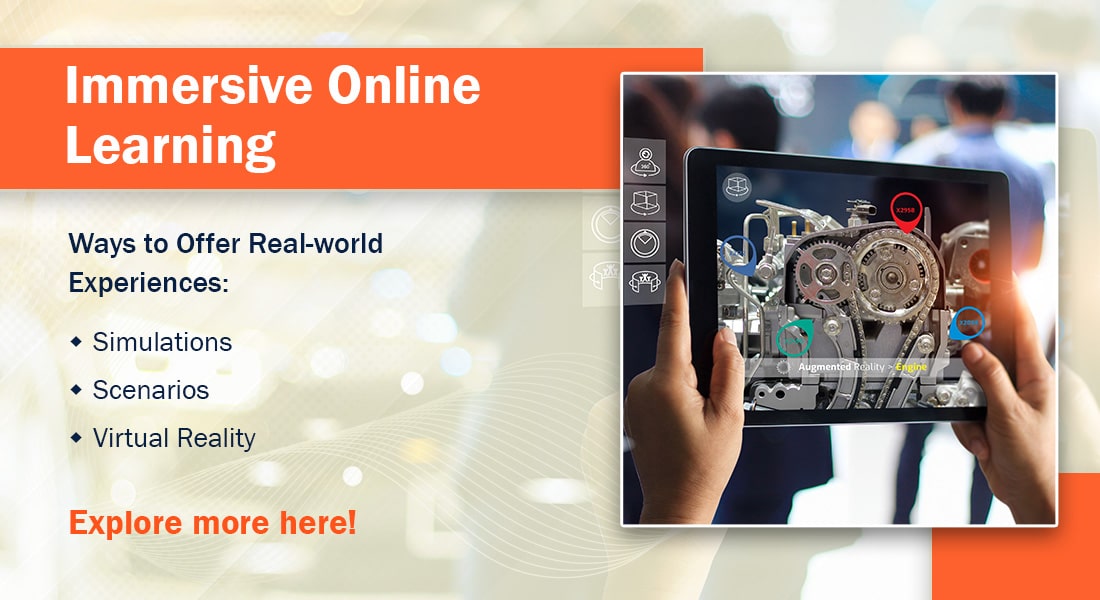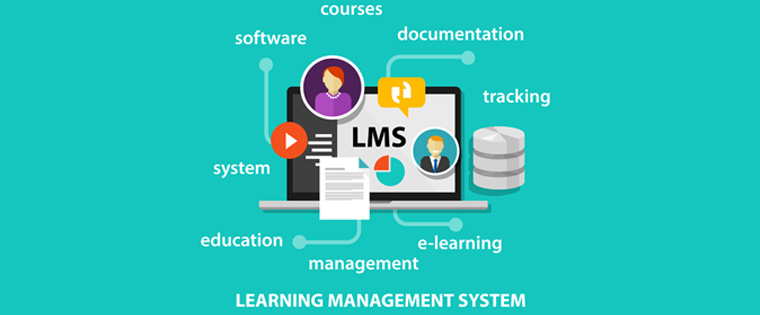Onboarding in the Virtual World: Navigating New Hire Orientation Remotely

The traditional office setup has undergone a significant transformation in recent times, with remote work becoming the new norm for many organizations. As companies adapt to this virtual landscape, the process of onboarding new hires has also experienced a notable shift. The days of in-person orientation sessions and handshakes have been replaced with virtual meetups and digital interactions. In this blog, we will explore the intricacies of conducting new hire orientation in the virtual world and provide valuable insights into navigating this process successfully.
Welcome to the Captivating Realm of New Hire Orientation in the Virtual Era!
Delve into the fascinating world of remote onboarding in the virtual world, where new hire orientation takes center stage. Explore expert tips and strategies to create a seamless and engaging experience, forge strong bonds with your remote workforce, and unleash the full potential of your team in the digital landscape.
Virtual onboarding presents a unique set of challenges and opportunities for both employers and new employees. While it offers flexibility and the ability to hire talent from a global pool, it also requires careful planning and implementation to ensure that new hires feel welcomed, engaged, and prepared for their roles in a remote work environment.
Understanding the Challenges of Virtual Onboarding
1. Lack of Face-to-Face Interaction
One of the primary challenges of virtual onboarding is the absence of face-to-face interactions. Building personal connections and camaraderie becomes more challenging when employees are geographically dispersed. Employers must find alternative ways to create a sense of community and belonging for new hires, fostering an environment where individuals feel valued and supported.
2. Potential Technology Hurdles
Technology plays a critical role in virtual onboarding, and technical issues can disrupt the onboarding process, leaving new hires feeling frustrated and disconnected. Organizations must ensure that their remote onboarding procedures are well-tested and that employees have the necessary tools and resources to participate seamlessly.
→ Download eBook Now: Virtual Instructor-led Training: A Beginner’s Guide
3. Ensuring a Sense of Belonging and Connection
Remote employees may feel isolated, leading to a lack of engagement and commitment to the organization. During virtual orientation, it’s vital to emphasize the company’s values, culture, and mission, and demonstrate how new employees contribute to the bigger picture. Cultivating a strong sense of belonging can positively impact employee morale and job satisfaction. Incorporating DEI (Diversity, Equity, and Inclusion) is also equally crucial as it helps with fostering a positive and supportive atmosphere that promotes fairness, equality, and a sense of belonging for all individuals.
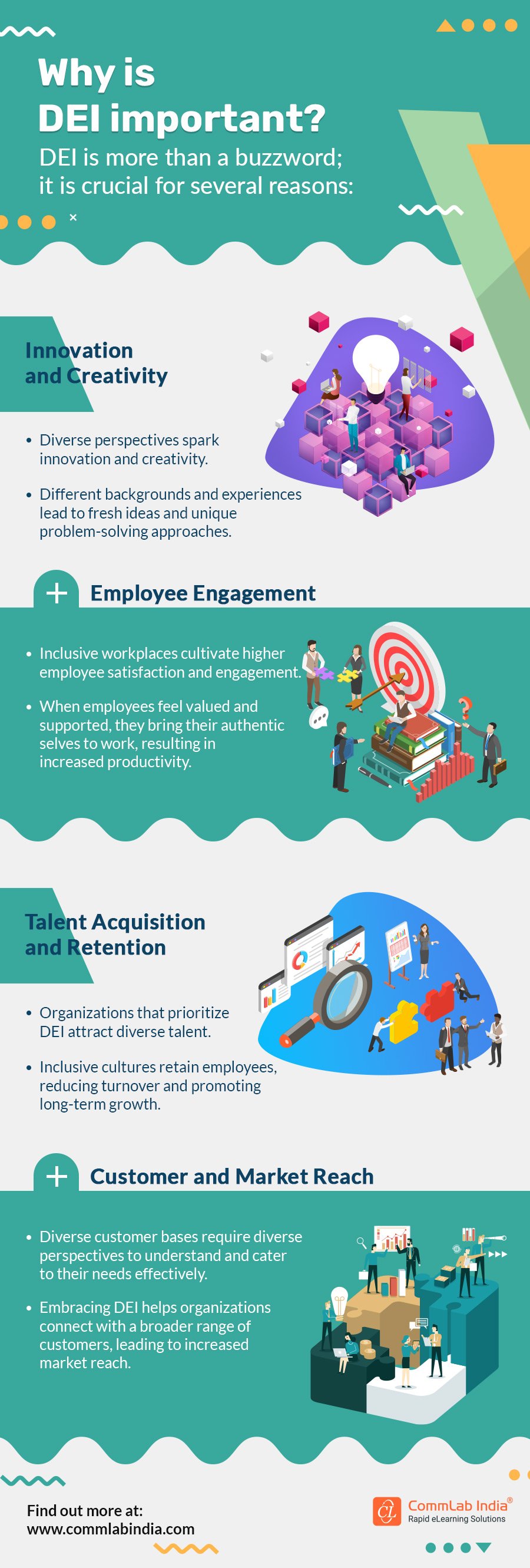
4. Managing Time Zone Differences
In a global workforce, new hires may be joining from different time zones, which can complicate the scheduling of virtual onboarding activities and training sessions. Striking a balance between accommodating various time zones and ensuring equal participation is crucial to providing an inclusive onboarding experience.
Setting the Foundation for a Successful Virtual Orientation
1. Preparing New Hires in Advance
Prior to the official start date, organizations can provide new hires with a welcome package containing essential information about the company, its culture, and the onboarding schedule. This early communication sets a positive tone and helps new employees feel prepared and excited about their new roles.
2. Establishing Clear Communication Channels
Effective communication is paramount in virtual onboarding. Selecting appropriate communication tools, such as video conferencing platforms and instant messaging apps, can facilitate seamless interactions between new hires, HR representatives, and team members. Additionally, designating specific points of contact for new hires to reach out with questions or concerns can alleviate any uncertainties they may have during the onboarding process. Here are a few platforms to ensure seamless collaboration and communication among employees.
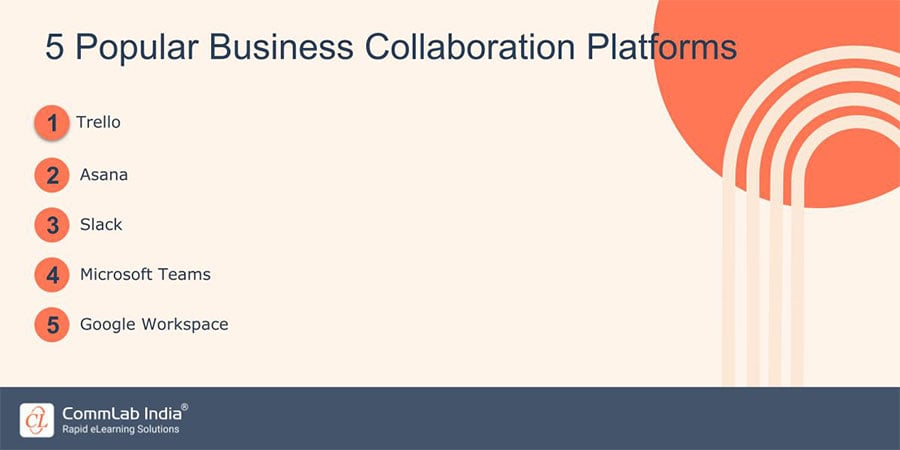
3. Tailoring the Orientation Process for the Virtual Environment
Virtual orientation should be designed to engage new hires actively. By incorporating interactive elements, such as group activities, virtual icebreakers, and multimedia presentations, employers can make the onboarding experience more enjoyable and memorable. A mix of asynchronous and synchronous learning opportunities can also accommodate different learning preferences and time zones, making it easier for new hires to grasp information effectively. For early training sessions, microlearning can probably become one of the best possible solutions.
Engaging New Hires during Virtual Orientation
1. Hosting Virtual Meet-and-Greet Sessions
Facilitating virtual meet-and-greet sessions allows new hires to get acquainted with their colleagues, team members, and supervisors. Employers can use icebreaker activities to encourage conversations and connections, creating a friendly and inclusive atmosphere right from the start. A few popular VILT platforms to make sure the sessions are held seamlessly are Zoom, Microsoft Teams, Google Meet, Adobe Connect, and Cisco Webex.
2. Providing Virtual Office Tours and Company Culture Insights
Although new hires might not physically visit the office, a virtual tour can familiarize them with the company’s physical spaces and layout. Additionally, sharing stories and examples that highlight the company’s culture and values helps new employees understand the organization’s mission and purpose, contributing to a stronger sense of alignment with the company’s objectives.
3. Delivering Engaging Training Content
Traditional classroom-style training may not be as effective in the virtual world. Therefore, employers should leverage multimedia elements, interactive quizzes, and gamification to make training content engaging and enjoyable. This approach not only enhances the learning experience but also helps reinforce crucial information, making it easier for new hires to retain and apply their knowledge.
Here’s a short video that highlights a few more tips and best practices associated with remote onboarding.
Supporting New Hires Beyond the Orientation Period
A. Implementing a Mentorship or Buddy Program
To ease the transition and provide ongoing support, organizations can establish a mentorship or buddy program for new hires. Pairing new employees with experienced colleagues fosters a supportive relationship that allows new hires to ask questions, seek guidance, and gain valuable insights into the company’s culture and operations. Regular check-ins between mentors and new hires help ensure that new employees feel connected and receive the necessary support throughout their onboarding journey.
B. Providing Resources for Continued Learning and Development
Onboarding should not be limited to the initial orientation period. To encourage continuous growth and development, employers should offer access to online courses, training materials, and webinars that cater to new hires’ specific roles and interests. Regular follow-up training sessions can address evolving skill requirements and ensure that new employees stay up-to-date with the latest industry trends and best practices.
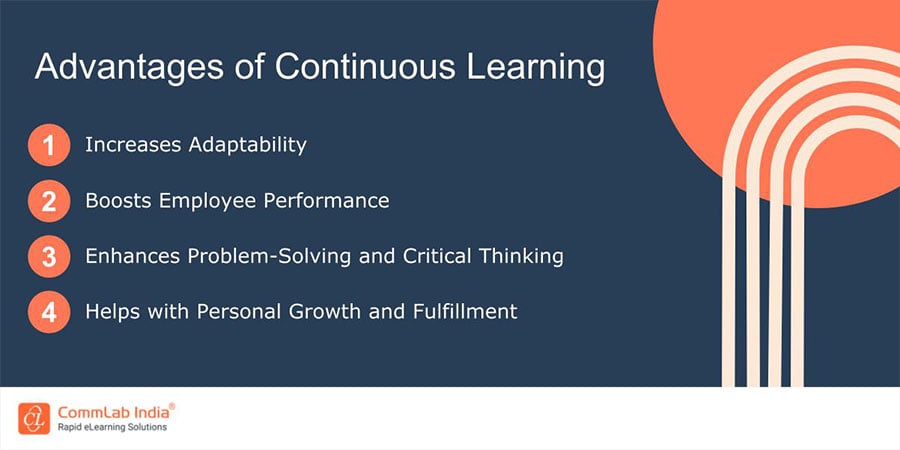
Measuring the Success of Virtual Onboarding
Gauging the effectiveness of the virtual onboarding process is vital to identifying strengths and areas for improvement. Employers can conduct surveys or one-on-one interviews with new hires to gather feedback on their onboarding experience. Open-ended questions and structured scales can provide valuable insights into aspects such as the clarity of information, the effectiveness of training, and the overall level of satisfaction with the onboarding process.
In addition to gathering feedback, tracking key performance indicators (KPIs) can help measure the success of virtual onboarding. Metrics like employee retention rates, time-to-productivity, and engagement levels among new hires can indicate the effectiveness of the orientation program. By comparing these KPIs to those of employees who underwent in-person onboarding, employers can better understand the impact of the virtual approach.
Wrapping Up!
By embracing the digital landscape and investing in creating a supportive and engaging onboarding process, companies can welcome new hires into a thriving virtual community, where individuals can collaborate, learn, and contribute to shared goals, regardless of geographical boundaries. In conclusion, embracing the challenges and opportunities of virtual onboarding can ensure a successful and engaging new hire orientation in today’s remote work landscape. And while we are talking about virtual onboarding, VILT is probably the best solution for it. So, here’s a beginner’s guide to get started with VILT.
Editor’s note: This post was originally published in August 2023 and has been updated for comprehensiveness.



![Benefits + Dos and Don'ts for Rapid eLearning Courses [Infographic]](https://blog.commlabindia.com/hubfs/blogs/dos-donts-rapid-elearning-courses-infographic.jpg)
